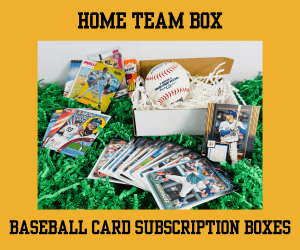Buying baseball cards can feel like buying stocks. You’re watching trends, assessing value, and hoping to catch players on the rise before everyone else sees it. A strong card buying strategy helps collectors navigate these swings. Prices shift based on timing, not just talent. The best collectors and investors understand that baseball cards move through cycles. Knowing when to buy is just as important as knowing what to buy.
This article explores the different phases of a player’s career and how they influence card values. From draft day to retirement, each stage offers its own mix of opportunity and risk. We’ll also examine market behavior and how collectors can make smarter buying decisions by learning to read the calendar – and the box scores. With the right card buying strategy, you can take advantage of dips, avoid hype bubbles, and plan your purchases more effectively.
Draft Day: The IPO of Baseball Cards
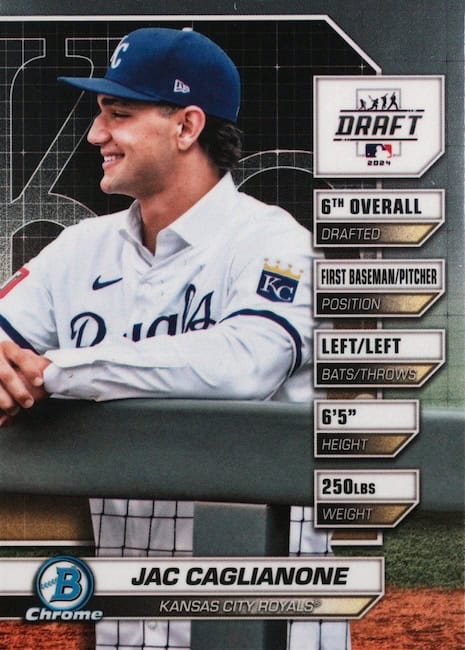
Every June, the MLB Draft marks the unofficial start of the hype cycle for a new wave of prospects, and the beginning of the card buying strategy rollercoaster. Even if a player has been on your radar since middle school, collectors get their first real buying opportunity when they appear in sets like Bowman Draft and Bowman Chrome. These “1st Bowman” cards are treated like rookie cards, especially the autographs.
Draft position matters a lot in the short term. A top-five pick, especially a hitter, tends to spark immediate interest. Prices can spike quickly, driven more by speculation than performance. But like the stock market, early hype doesn’t guarantee long-term success. The minor leagues are full of former top picks who never made it out of Double-A.
Collectors chasing short-term profits often buy as soon as a player’s cards are released. But if you’re playing the long game, the best card buying strategy is to wait it out. Players need time to develop. The hype usually cools down a few months after the draft, especially if the player struggles in their pro debut or doesn’t play much.
Patience pays off. Buying when the buzz dies down but before a breakout season can lead to serious upside. The key is to monitor performance quietly while everyone else moves on to the next big name.
The Minor Leagues: Hype Meets Uncertainty

Once a player is in the minor leagues, card values rise and fall based on performance, scouting reports, and prospect rankings. A big month in High-A can bring attention. A promotion to Double-A might create a buying frenzy.
Top 100 prospect lists from Baseball America or MLB Pipeline can move prices overnight. When a player debuts on one of these rankings, or jumps significantly in the offseason, collectors take notice. Card values can jump 50% or more in just a few days. If you see a player creeping up prospect lists before the new rankings come out, that’s a good time to buy.
But remember – prospect cards are volatile, and so are card buying strategies. A 19-year-old may look like the next Juan Soto in April and hit .180 by July. Injuries, poor plate discipline, or even a crowded farm system can stall development and tank values.
Because of this, many experienced collectors avoid the most hyped players and look for value in overlooked prospects as part of their card buying strategy. A player in a smaller market or without media buzz may be quietly raking. Those are the cards to target before the wider market catches up.
MLB Debut: The First Big Spike
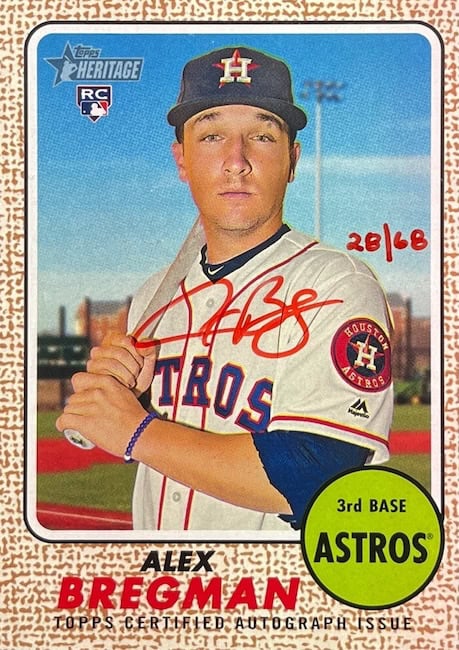
Nothing moves a card like an MLB debut. Even if the player goes 0-for-4, just stepping onto a big-league field can cause prices to jump. Collectors know the spotlight is on. Social media lights up. Rookie cards hit the market soon after.
This is often the worst time to buy a player’s card. The prices reflect excitement, not results, which is a poor card buying strategy. If the player performs well in their first few games, prices might rise again, but often the hype fades unless they sustain it.
A better strategy is to anticipate the call-up. Follow beat writers. Pay attention to injury reports and roster moves. If a top prospect is hitting .350 in Triple-A and the big club is struggling, you’ll often have a week or two to buy before the announcement.
Once the debut happens, expect short-term volatility. A hot start can push prices higher, but a slump can cause values to plummet. Buying a week before the call-up and selling during the first week in the majors is often the best short-term flip strategy.
Early Career: Peaks, Valleys, and Breakouts
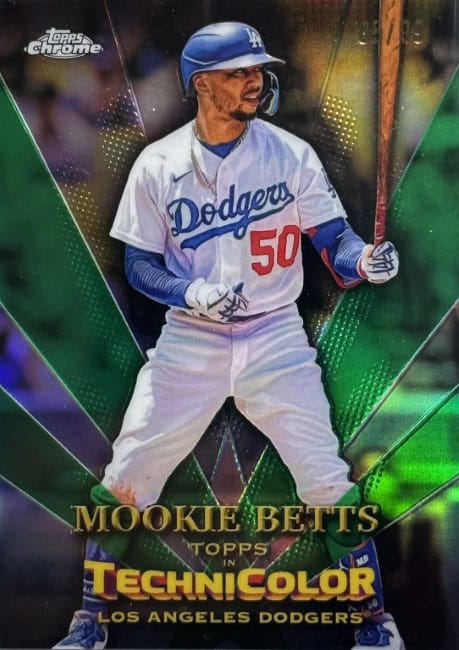
The first few years in the majors are a roller coaster. Players adjust. Pitchers find their stuff. Hitters struggle with advanced scouting. It’s a tough time to value cards, because performance is unpredictable.
Prices often peak during a breakout season. A player who hits 30 homers or makes an All-Star team in their second year might see their cards triple in value. This is a good time to sell if you’re looking for profit. The market is reacting to stats and media attention.
But not every player takes off right away. Some go through slumps. Others get benched or demoted. These are risky times for any card buying strategy, but they also offer value. If you believe in the underlying talent, buying during a slump can lead to big returns later.
This stage is where advanced stats can help. Is the hitter walking a lot but just unlucky with balls in play? Is the pitcher’s ERA inflated by a bad bullpen? Look deeper than the surface numbers. Savvy buyers find value by spotting potential rebounds before they happen.
Injuries: Risk and Reward
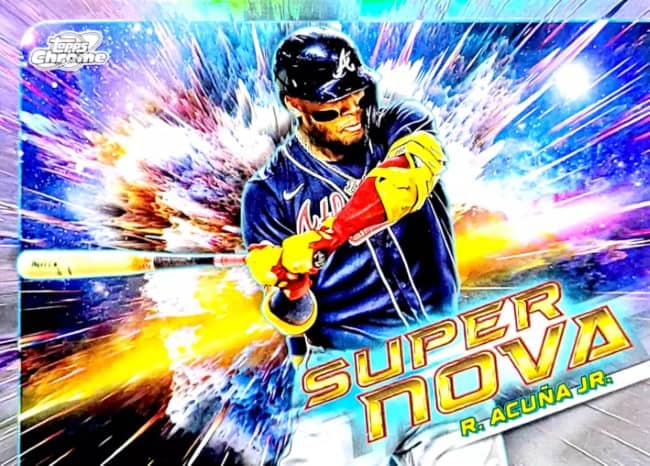
Injuries are a major turning point in a player’s card value. A torn ACL or Tommy John surgery can cut prices in half – or worse. Many collectors panic-sell when news of a serious injury breaks.
This fear creates a buying opportunity. If the player is young, has a good recovery outlook, and no history of chronic issues, prices often rebound once they return. Think of Ronald Acuña Jr. after his 2021 ACL tear. His prices dipped but came roaring back once he looked healthy again.
Of course, not every injured player returns to form. Pitchers, in particular, carry risk. Shoulder injuries and repeated elbow surgeries often derail careers. When buying injured players, ask yourself: Will they still be the same after this? Is the price drop justified, or has the market overreacted?
Buying during recovery is high-risk, high-reward. It’s not a move for every collector. But if you’re comfortable holding long term, it can be a way to grab elite talent at a discount.
Veterans: Steady Growth and Milestone Moments
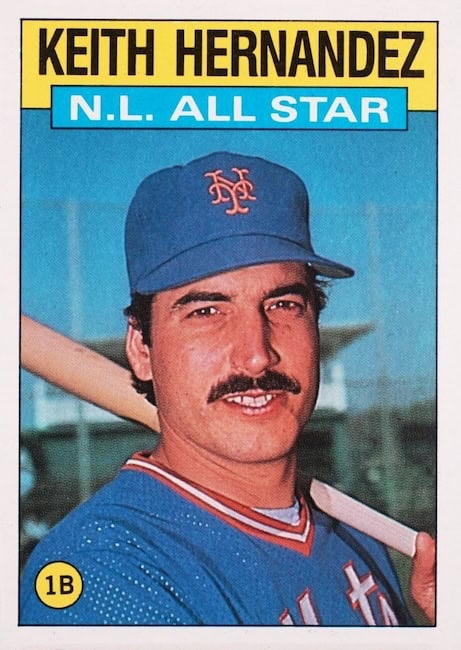
As players move past their rookie years and into established roles, their card values tend to stabilize. The big spikes of youth are gone, but steady performers still have value, especially if they’re fan favorites or play in major markets.
Veterans offer a different kind of investment. Their cards won’t double overnight, but they don’t crash as easily either. Players with consistent stats, postseason exposure, and award recognition tend to age well in the hobby. Nolan Arenado, Paul Goldschmidt, and Freddie Freeman are good examples – underappreciated during their early years, but gaining respect (and value) over time.
Big moments create short-term windows. A three-homer playoff game, MVP award, or 3,000th hit can send values up fast. These aren’t times to buy. They’re moments to evaluate whether the spike is sustainable or driven by emotion.
Buying veterans works best when they’re under the radar. A slow start in April. A trade to a less glamorous team. A small injury that doesn’t affect long-term performance. These dips are usually temporary.
The Postseason Effect
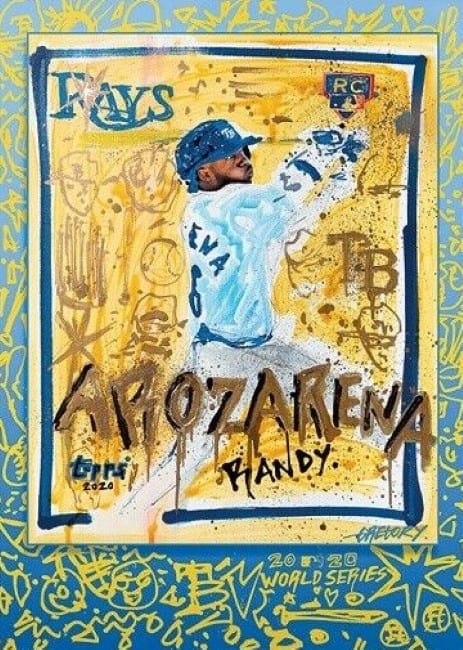
October baseball is electric. It’s also when casual fans jump into the hobby. A strong postseason can turn an overlooked player into a hobby star. Randy Arozarena’s 2020 playoff run is a textbook case – his cards exploded in value after weeks of being ignored.
But postseason success can also distort long-term value. A hot October doesn’t always carry over to the next season. Buyers who chase postseason heroes often overpay.
If you’re holding cards of a player on a playoff-bound team, consider listing them just before the postseason starts. That way, you can benefit from the hype without gambling on their performance. Buying during the playoffs is tricky – only do it if you think they’ll keep performing deep into October.
Slumps: The Collector’s Discount Aisle
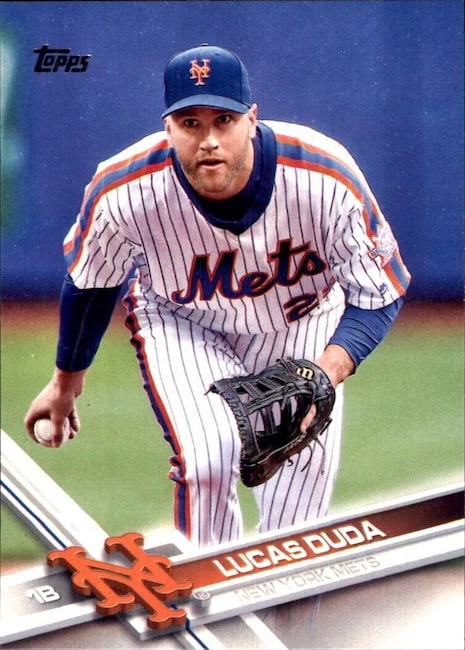
Every player slumps. Even the best hitters go 1-for-20. The question is whether it’s a cold streak or a sign of decline.
Slumps cause panic. Sellers lower prices. Collectors chase new players. This creates opportunity.
Buying during a slump requires patience and research. Was the player unlucky? Are they pressing too much? Or is there a mechanical issue? Often, slumps are just part of the game. Buying during these windows, especially with young players, can pay off handsomely.
But be selective. Not every slump ends. Watch for aging players or those with warning signs – declining bat speed, chronic injuries, or loss of velocity. Buying a card just because it’s cheap is a mistake. Look for the ones where the rebound feels likely, not just possible.
Retirements and Hall of Fame Votes
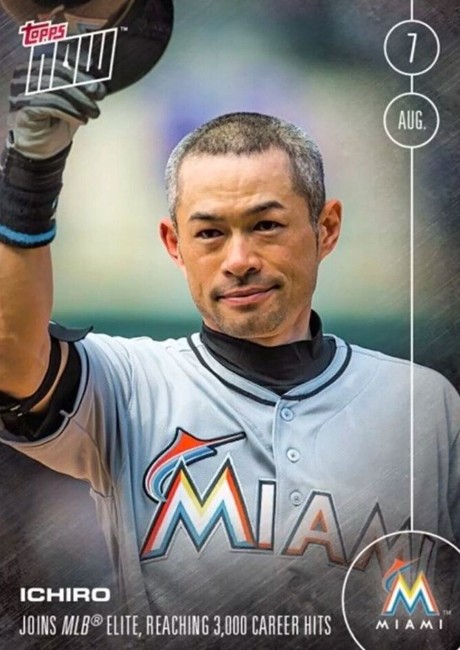
Once a player retires, the clock starts ticking toward Hall of Fame eligibility. That waiting period can be a quiet time in the card market. Without current stats or highlights, attention shifts elsewhere. Prices often dip.
This lull is a good time to buy, especially if you think the player has a strong Hall of Fame case. When a player is elected, interest returns in full force. Collectors start revisiting their legacy. Cards get re-listed. Prices spike.
Be aware of ballot trends. A player gaining momentum in HOF voting is a good target. Likewise, players who just missed election may drop in price temporarily – an opportunity if you think they’ll eventually get in.
Where Seasonality Comes In
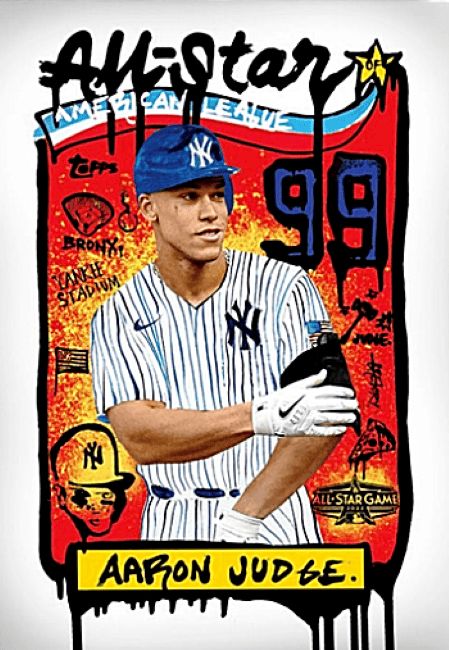
The baseball calendar affects card values, too. Spring training is a time of optimism. Everyone is in the best shape of their life. Card prices often rise in February and March.
Opening Day brings attention and momentum. A hot first week can cause a flurry of buying. But early-season hype often cools by mid-May.
The All-Star break is another flashpoint. Players who make the roster get a boost. Home Run Derby winners see a brief price pop. These are often good times to sell.
August and September can bring sharp moves – especially for rookies called up late or playoff-bound teams. Then, once the postseason ends, attention shifts. Winter is the calmest time of year for card values, and one of the best times to buy.
Final Thoughts: Timing Isn’t Everything, But It Helps
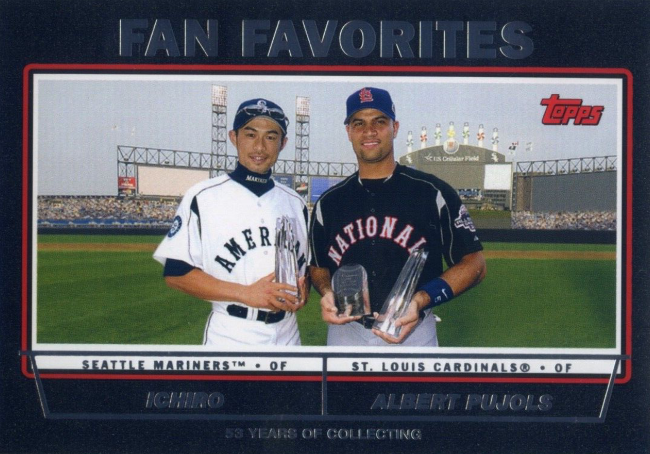
No one times the market perfectly every time. There will always be missed opportunities and surprising declines, not to mention unexpected events like suspensions and off-the-field personal issues. But if you understand the rhythms of a baseball career – and how the card market reacts – you’ll stack the odds in your favor.
Start with knowledge. Watch games. Read scouting reports. Track trends. And don’t be afraid to go against the grain. The best buys often come when everyone else is looking the other way.
Buy when the hype fades. Buy during slumps. Buy when a player is hurt – but still has a future. And sell when the world finally catches up to what you already knew.
Baseball cards, like stocks, reward those who can see what’s coming – not just what’s already happened.

